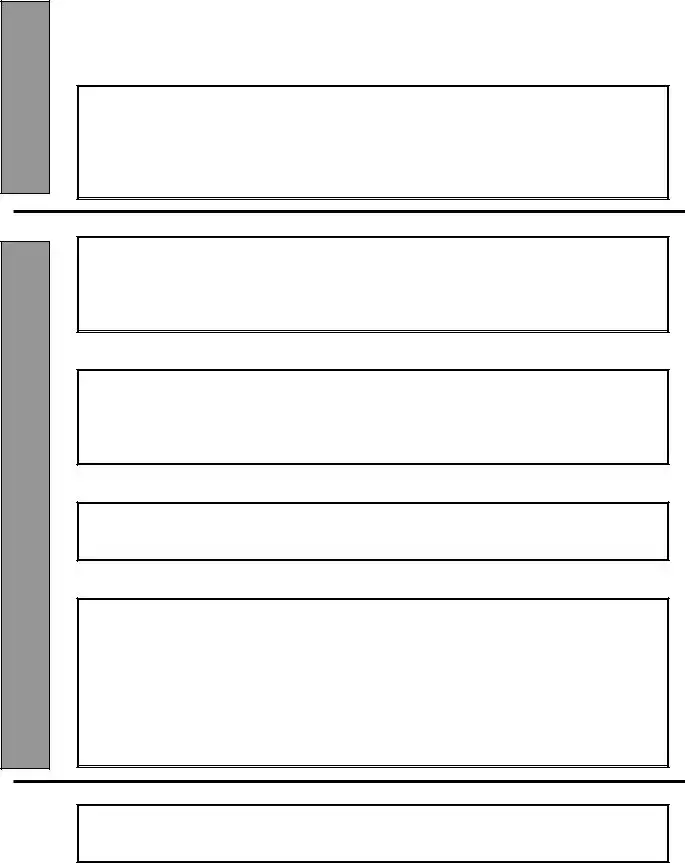What is the Genealogy Worksheet Individual form and its purpose?
This form serves as a detailed personal record for individuals conducting genealogy research. It collects essential information about a person, including vital statistics, family background, health details, and lifestyle information. The goal is to organize and document significant life events, which can aid in tracing family lineages and preserving history.
What kind of information is required on the form?
The form requires various details, including your full name, date and place of birth, gender, home address, and contact information. Additionally, it requests information about your death and burial, marriage, children, physical characteristics, known medical conditions, education, career, hobbies, and other interesting facts that contribute to your life story.
How can I use this form effectively in genealogy research?
To make the most of the form, fill it out completely with accurate information. This should include dates and places, as historical accuracy is crucial in genealogy. Once completed, this worksheet serves as a foundation upon which you can build more extensive family trees by gathering information about relatives and ancestors.
Are there any restrictions on using the form's content?
Yes, while you may copy the document for personal use, unauthorized redistribution or commercial use is prohibited. You cannot share or publish the content without receiving express written permission from MissingLink Software Corporation. It’s important to follow these guidelines to respect copyright laws.
Can I include additional information that is not listed on the form?
Absolutely! The form provides a framework, but feel free to add extra details that may be relevant to your genealogy research. This could include family stories, photographs, or even significant events that shaped your family's history. The more context you provide, the richer your genealogy narrative will become.
How should I handle incomplete information or unknown details?
In cases where you do not have certain information, it’s best to leave those fields blank or note that the details are unknown. This practice maintains transparency in your records. You can always return to these sections as you discover more about your family history.
Is there a recommended way to keep this form updated?
Regularly review and update the form as new information becomes available. For instance, whenever a family member passes away, marries, or has children, record those events promptly. This ensures that your genealogy records remain current and can serve as a reliable source of family history.
What if I encounter difficulties while filling out the form?
If challenges arise, consider seeking assistance from family members who may have more information. Online genealogy communities and resources can also offer guidance. Various websites provide tools to help trace lineage and can plug into the information collected on your worksheet.
Can I share this form with family members for them to fill out?
Yes, sharing the form with family members is a great idea! It encourages collaboration and can help gather information from different relatives. Each person's unique knowledge may uncover details that you were unaware of, leading to a more comprehensive family history.
What is the importance of documenting health and lifestyle details?
Documenting health information can provide valuable insights into hereditary conditions or patterns within your family. Lifestyle details, such as education, career, and hobbies, add depth and character to your genealogy records. Both aspects contribute to a fuller understanding of your family’s heritage.


